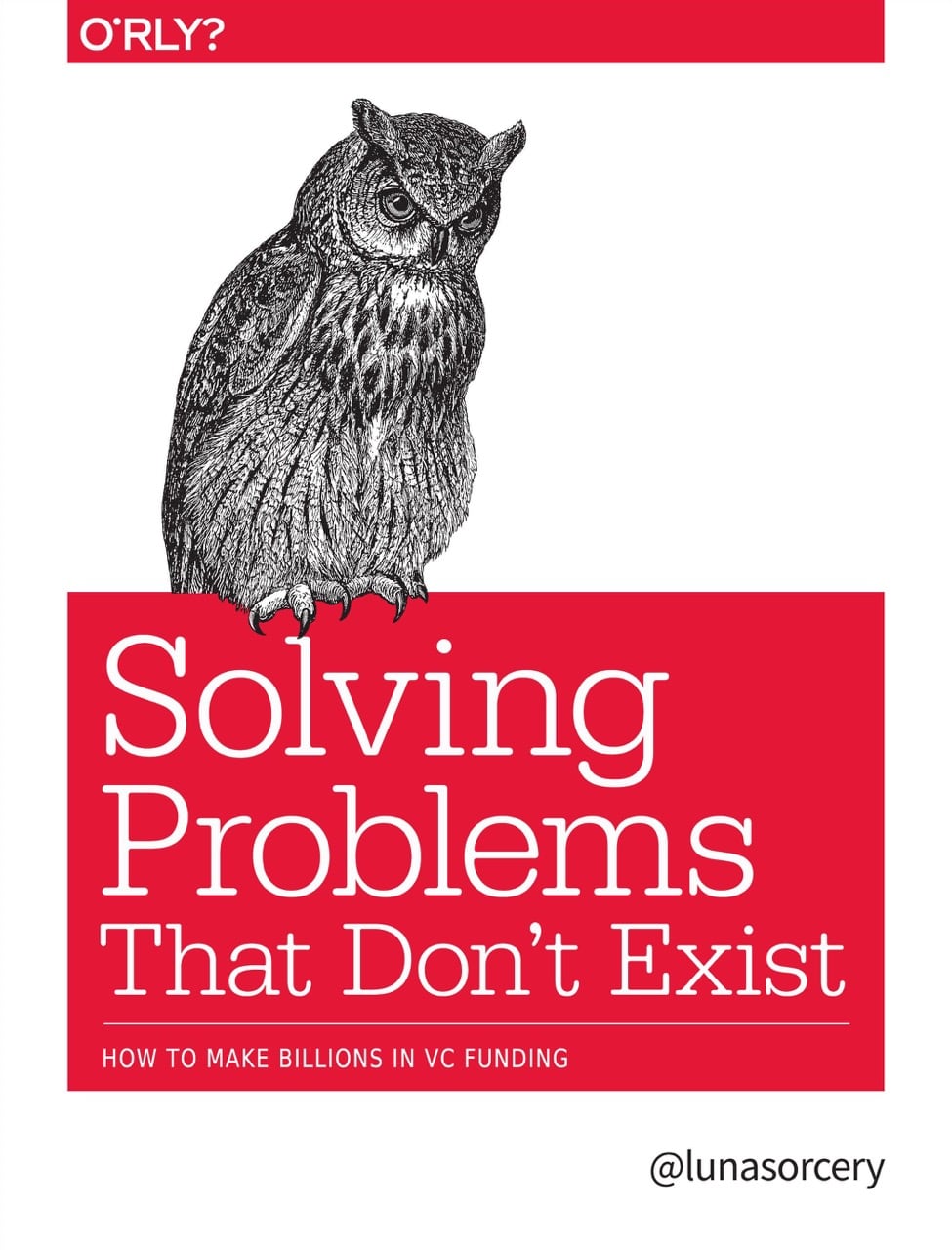
In the realm of Codeonia, a place where the gears of innovation never cease to turn and the quest for optimization knows no bounds, there emerged a peculiar and somewhat paradoxical tradition: "Solving Problems That Don't Exist." This curious endeavor, pursued with zeal by a cadre of Codeonia's most brilliant and, occasionally, overzealous minds, was chronicled in a document known far and wide as "The Why's and How's."
Central to this narrative is a developer named Casey, whose intellectual prowess and boundless creativity were matched only by an uncanny ability to unearth challenges where none seemed to exist. Casey, a visionary in their own right, embarked on a quest to preemptively confront and conquer hypothetical dilemmas, weaving complex solutions to puzzles that the rest of Codeonia had yet to contemplate.
"The Why's" of Casey's quest were as multifaceted as the problems themselves. Driven by a mix of foresight, ambition, and a dash of hubris, Casey believed that by tackling these non-existent problems, they could safeguard Codeonia's digital infrastructure against potential future threats, pushing the boundaries of what was considered possible in the process.
"The How's," on the other hand, were a testament to Casey's ingenuity and technical mastery. With an arsenal of algorithms, frameworks, and paradigms at their disposal, Casey crafted solutions of such elegance and complexity that they became the stuff of legend. From designing self-healing code that could adapt to unforeseen errors, to creating AI-driven applications capable of evolving their functionality without human intervention, Casey's projects were marvels of preemptive engineering.
Yet, as Casey delved deeper into the labyrinth of hypothetical problem-solving, a critical question began to emerge, whispered among the citizens of Codeonia and echoed in the halls of its academies: "Are we solving problems, or are we creating them?" This question, simple yet profound, became the crux of a growing debate within the community.
For every admirer of Casey's work, there was a skeptic who questioned the utility of dedicating vast resources to challenges that may never materialize. Critics argued that in Casey's quest to outpace potential dilemmas, valuable time and energy were being diverted from addressing the pressing and very real issues that Codeonia faced in the present.
Confronted with this existential dilemma, Casey embarked on a journey of introspection, reevaluating the path they had chosen. It was during this period of reflection that Casey discovered the true essence of their quest: the value of problem-solving lay not in the problems themselves, but in the process of solving them. The skills honed, the knowledge acquired, and the creativity unleashed in the pursuit of these phantom challenges were, in themselves, invaluable assets to Codeonia.
Armed with this new understanding, Casey shifted their focus, applying the lessons learned from "Solving Problems That Don't Exist" to the tangible challenges facing Codeonia. The transition was not without its challenges, but the impact of Casey's work was soon felt across the realm, as their preemptive solutions found new purpose in enhancing the efficiency, security, and scalability of Codeonia's digital landscape.
"The Why's and How's" of Casey's journey became a cautionary yet inspiring tale, a reminder of the delicate balance between innovation and pragmatism. In the annals of Codeonia, Casey's saga stands as a testament to the power of foresight and creativity, as well as the importance of grounding our ambitions in the needs of the present, ensuring that our quest to solve the problems of tomorrow does not blind us to the solutions required today.